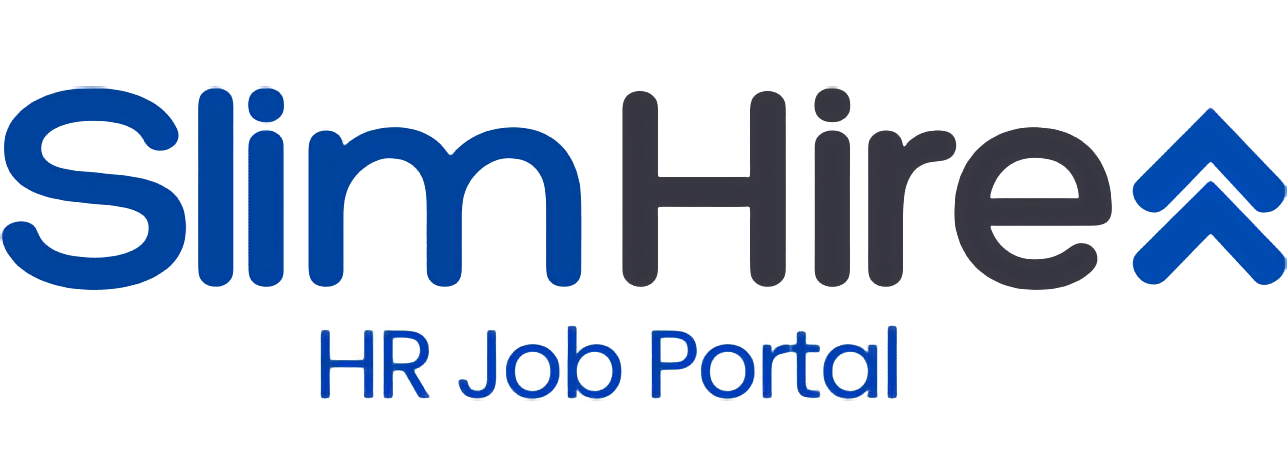How to Evaluate Executive Candidates Beyond the CV
Top HR, Operations, or Leadership talent may look similar on paper—same years of experience, similar industries, comparable titles. The real difference lies beneath the surface. This guide shows how to evaluate candidates holistically and critically, especially for Energy, Manufacturing, and Healthcare sectors, where leadership effectiveness directly affects performance, safety, and compliance.
1. Look for Pattern of Outcomes, Not Just Tenure
Ask:
- What repeated impact did they make across companies?
- Did they turn around underperforming teams or lead scaling phases?
- Do they only maintain, or do they transform?
Example: A Plant HR Manager who lowered absenteeism by 40% across three different facilities shows replicable capability—not luck.
2. Test for Systemic Thinking Under Pressure
Senior roles demand situational judgment. Use case scenarios relevant to your industry:
- “How would you address a sudden strike in a multi-union environment?”
- “What steps would you take to scale HR systems for a 3x production increase in 12 months?”
- “How would you rebuild trust after a clinical compliance violation?”
Look for structure in thinking, not memorized answers.
3. Ask About Failures—And What Changed After
Great executives own mistakes. Ask:
- “What didn’t go as planned in your last role?”
- “What would you do differently if you could go back?”
- “What feedback changed your approach permanently?”
Listen for accountability, not blame-shifting. The best leaders evolve.
4. Probe for Cross-Stakeholder Influence
In regulated or technical industries, candidates must navigate doctors, engineers, unions, regulators, and execs. Ask:
- “Describe a time you had to convince a skeptical technical lead.”
- “How do you align site managers and HQ on a people-related initiative?”
This is critical in Energy and Healthcare, where matrix influence is the norm.
5. Decode Culture Fit from How They Describe Others
Instead of asking, “What kind of culture do you like?”, ask:
- “Tell me about your last boss—what worked, what didn’t?”
- “What do your best team members appreciate most about your leadership?”
How they talk about others reveals their emotional intelligence, conflict style, and likely team fit.
6. Spot Red Flags: Hyper-Polished But Shallow
Watch out for:
- Overly vague language: “I helped improve engagement” (without metrics)
- Excessive credit-taking: “I transformed the culture” (but no team mention)
- Avoids tough topics: “Everything was going great” (zero conflict = zero insight)
A candidate who can’t be honest isn’t ready to lead honestly.
7. Cross-Validate with Stakeholder Interviews
Don’t just talk to the hiring manager. Involve:
- Direct peers (Finance, Operations)
- Indirect influencers (Site Heads, BU Heads)
- Potential direct reports (for leadership style input)
This creates a 360-view of suitability and reveals gaps early.
Final Thoughts
Resumes can open the door. But decision-making, team leadership, and organizational impact are what make an executive worth hiring. Use structured, high-context evaluations to avoid hiring “safe but ineffective” leaders.
